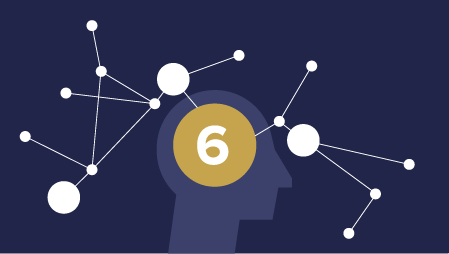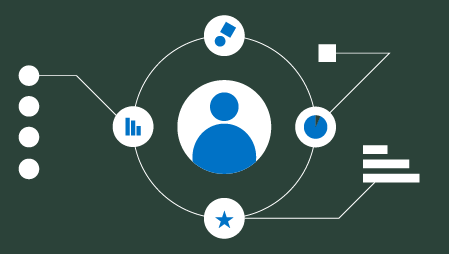Ready to learn Data Science? Browse courses like Data Science Training and Certification developed by industry thought leaders and Experfy in Harvard Innovation Lab.
The age of Data Governance 1.0 was characterized by IT serving as data custodians, mainly cataloguing data elements without a grasp of their meaning or relationships. As a consequence, the costs of controlling data risk often became needlessly excessive and opportunities to drive business agility were missed.
Data governance means understanding the data assets of the organization – knowing that they are of good quality, accessible and secure and that using them does not put the company at legal, reputational or financial risk while also enabling it to be agile.
Now, the age of Data Governance 2.0 is dawning. It’s an age that must be marked by everyone within the business collaborating in data governance.
Organizations are increasingly becoming the sum of their data, yet data generally is not accorded the same thorough treatment that is given to “live” strategic assets. As data regulations with even more teeth, like GDPR, take hold…and as there is growing attention to matters of digital trust … and as enterprises want to become increasingly Big Data- and analytics-driven in pursuit of new goals and to meet new challenges, Data Governance 2.0 takes the stage with its call to treat data governance as a strategy aligned to strategic business goals and not just as an IT-driven point solution.
Business leaders and their teams are the ones who have the knowledge about the data and without their perspective and participation in data governance, the enterprise’s ability to intelligently lock-down risks and enable opportunities will be seriously compromised.
Business and IT must come together to describe, formulate, regulate and socialize data.
Since business owns the data and so owns the value or problems that could come from the presence or lack of a strong governance strategy around it. The right data, of the right quality, regardless of where it is stored or what format it is stored in, must be used for the right purpose; that requires trust in the data. If decisions are based on incorrect data, those decisions can hurt the enterprise.
Business and IT must collaborate on a data governance strategy. This means for:
Business: Define the glossary of terms for various business units (what information like customer reference number means) and what roles, rules, processes, systems data flows are associated with its use and authorized to have visibility)
IT: Reconcile glossary terms to a single state in periodic table of data elements and map physical data assets (databases, file, documents) to the periodic table that connects to the glossary. Publish data to people/roles in ways meaningful to them. Leverage above business knowledge to determine master data sets, audit and score adherence to rules, discover risks, appropriately and cost-effectively supply security to data flows.
So who takes the lead? In many organizations, a CDO will be the point person to bring the idea of a data governance strategy to the table. But it will be critical for them to get buy-in from stakeholders who are the real data power in organizations, such as CFOs and CMOs. Not only do they own critical data and analytics responsibilities, but they also influence whether budgets will ensure governance initiative continues. The CDO must also be able to make the case for the value of joining business and IT bodies of knowledge together for people and within the processes for data governance.
Once there is buy-in by key business leaders, the work of building the infrastructure to support actively governing data assets and their alignment to the business begins. You’ll need a solution to orchestrate and integrate the description, formulation, regulation and socialization of data, which ranges from enterprise architecture (which plays a role in showing dependences between business capabilities), applications, data and supporting infrastructure, to business process modeling for building processes such as approval workflows for data governance purposes.
The end result will be integrated bodies of business and IT knowledge that enable corralling, architecting, controlling and telling you about your data. With strategic enterprise data governance, any mission-critical data questions can be asked and answered to reduce risk and realize business goals.
With their collective engagement and commitment to data governance, the business and IT will see sustainable payback to the overall enterprise.
Originally published in insideBIGDATA



